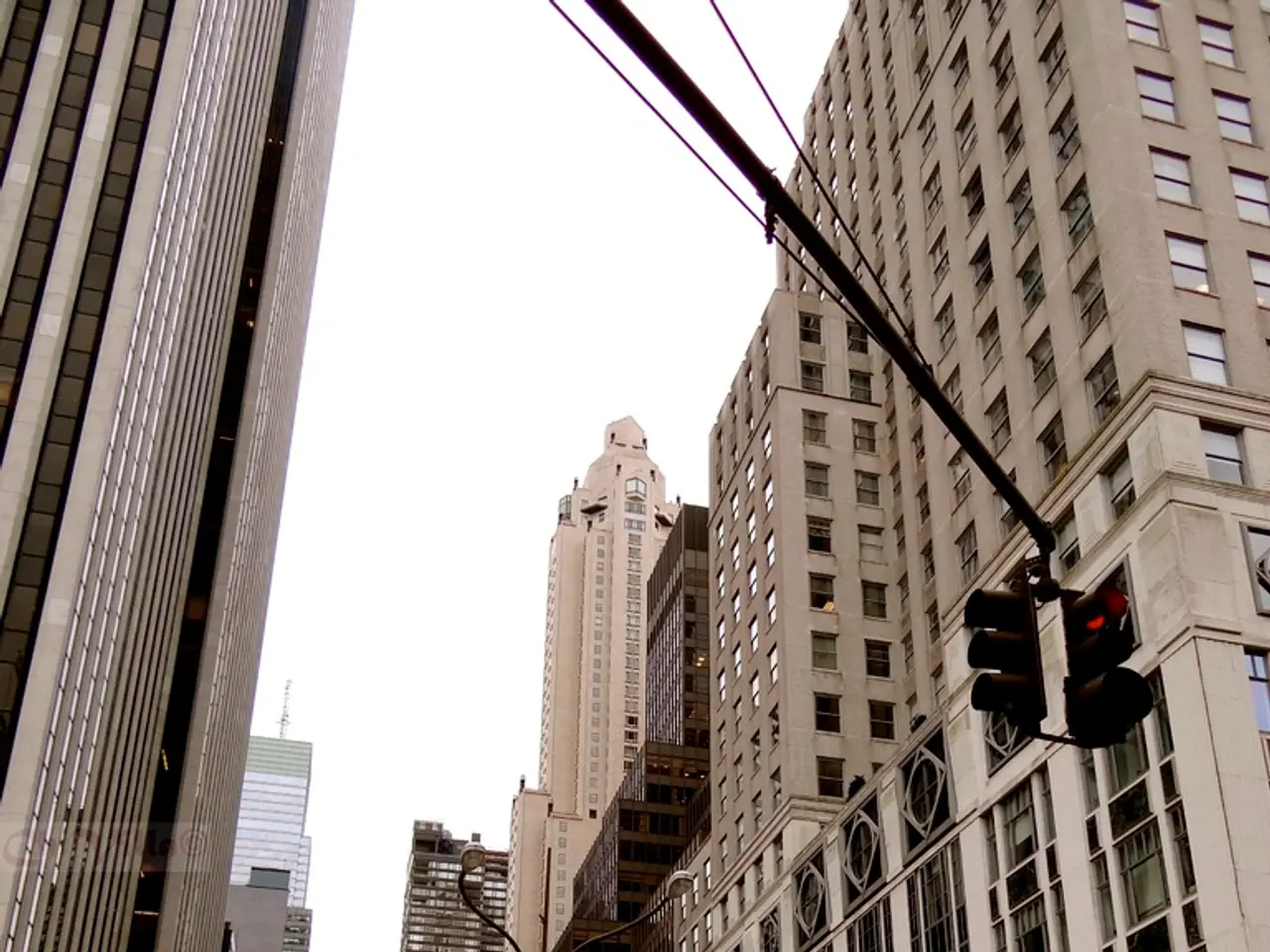Decrease in Mobility Among Americans due to Sluggish Job Market and Limited Housing Stock
In the heart of the COVID-19 pandemic, the United States witnessed a significant decrease in the frequency of Americans moving within or outside cities compared to pre-pandemic years. This shift, according to economists Stephan Weiler and Stephen Kates, is a reflection of changes in work arrangements, economic uncertainties, and public health concerns affecting moving decisions.
The jobs market, historically described as "treading water" by economist Stephan Weiler, has been a contributing factor to the low relocation activity. The U.S. employers added just 22,000 jobs last month, as per the August jobs report released by the Labor Department, and the unemployment rate ticked up to 4.3%.
The "lock-in effect" and the cooling jobs market are blamed for the decrease in relocation activity. Fewer young Americans may be moving for new jobs due to uncertainty about job prospects and the economy. Around half of city-to-city moves come from the younger generations, Gen Z and millennials, but their share has slipped a little over the last year.
The Federal Reserve, with its dual mandate to foster maximum employment and low inflation, raised its benchmark rate 11 times beginning in early 2022 to tame inflation. However, it may resume cutting rates as concerns shift to the jobs market. The last cut was last December.
Mortgage rates, while continuing to trend down, remain elevated at around 6.5% for a 30-year loan. Weiler warned that Fed rate cuts aren't likely to be a big relief to the lock-in effect that's kept housing inventory down. He also stated that moving is expensive, a sentiment echoed by Bankrate financial analyst Stephen Kates.
A new report from Bank of America indicates a decrease in both intra-city and city-to-city moves in the second quarter of 2022 compared to the same period in 2021. The decrease is approximately 20% compared to early 2020.
Interestingly, the U.S. has always had a very mobile workforce. The average 30-year rate was under 3% five years ago, according to Freddie Mac. Yet, the rate of movers has slowly fallen over the decades, not just due to the cooling jobs market and lack of affordable housing, as Kates pointed out.
The jobs market is described as hovering at an "uneasy equilibrium" with a low level of layoffs and an extremely low level of hiring. Weiler cautions that this state of affairs may persist for some time, potentially affecting the mobility of the U.S. workforce.
As the economy adapts to the post-pandemic world, the trend of decreased mobility is a significant development that warrants close attention. The recovery of the jobs market and the housing sector will play crucial roles in encouraging Americans to move again.
Read also:
- Peptide YY (PYY): Exploring its Role in Appetite Suppression, Intestinal Health, and Cognitive Links
- Toddler Health: Rotavirus Signs, Origins, and Potential Complications
- Digestive issues and heart discomfort: Root causes and associated health conditions
- House Infernos: Deadly Hazards Surpassing the Flames








